How to choose a linearrays speaker?
24 January 2023
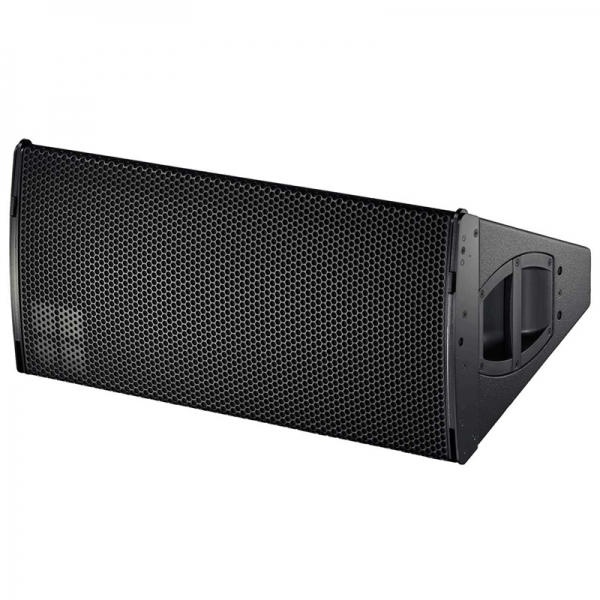
|
The key features when choosing a linearrays speaker are speaker type and frequency range (the range of sound frequencies a speaker can produce). Look at the rated power and sensitivithttps://www.usedful.eu/l-acoustics-k3-used-second-hand-p-7139.htmly to find out how loud the speaker can get. You should also examine the crossover frequency (the point at which different frequencies are sent to different speakers). You can expect to pay more for better quality.
|
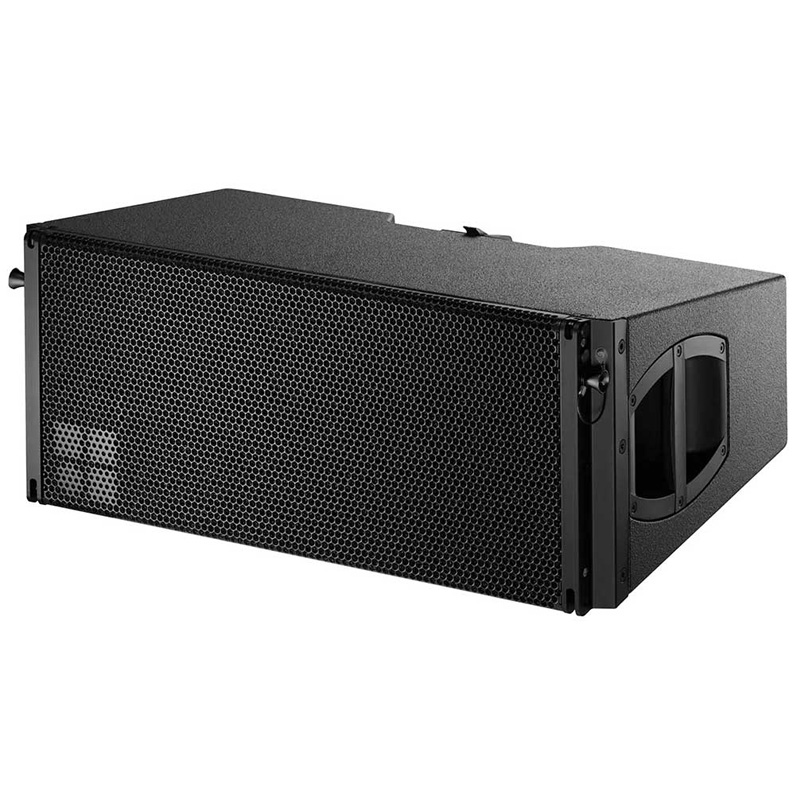 |
|
What are the advantages of linearrays speakers?
Since adjacent drivers are close enough to each other, they constructively interfere with each other to create a more evenly distributed sound output pattern than traditional horn-loaded loudspeakers. The sound pressure of this type of speaker is less affected by distance, resulting in a more clear, more consistent sound. Therefore, ample sound pressure can be delivered to the back-of-house without making the front-of-stage too loud. Linearrays: when would they be useful? It is more accurate to describe the shape of sound projected by linearrays systems as cylindrical. Consequently, less sound energy is projected vertically (to the ceiling and floor). It's good to reduce vertical dispersion for two reasons Why do line arrays sound different? The key to a line array is that the speakers face slightly different vertical angles, allowing them to consistently cover a greater depth of field than a single
|
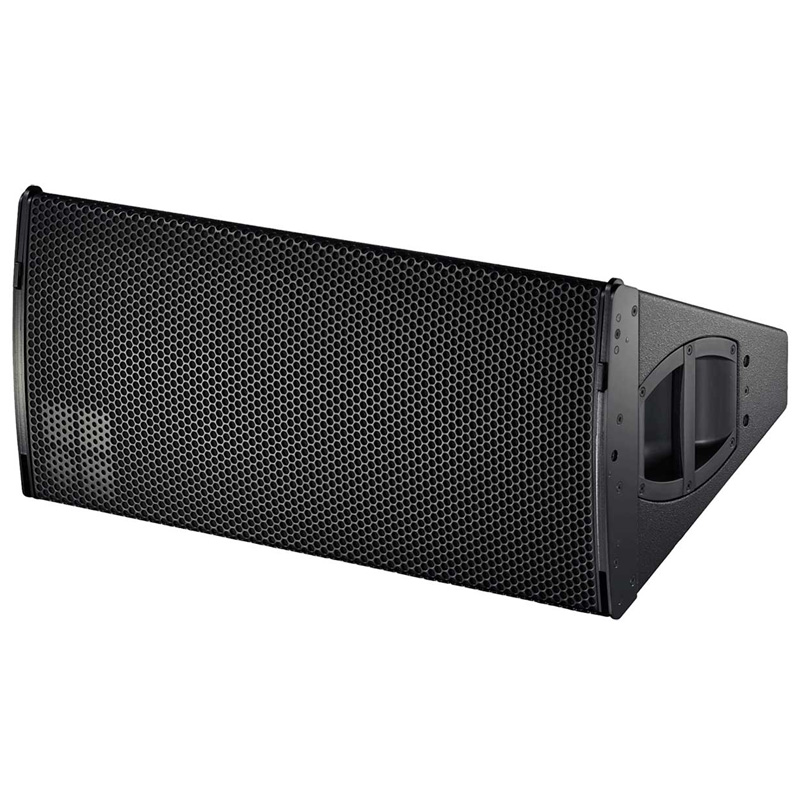 |
|
Benefits of using a linearrays speakers in your venue
- A linearrays speaker has a clear, consistent sound output pattern thanks to the constructive interference of the sound waves emitted by its drivers. - By reducing the sound energy projected vertically, a linearrays system makes it easier to avoid unwanted sound reflections to the audience. - A linearrays system provides ample sound pressure to back-of-house without making the front-of-stage too loud. - Vertical dispersion can be reduced by approximately 25% compared to a single speaker. This means less sound is projected to the ceiling and floor, which is good in cases where the venue has poor acoustics. - The even sound output creates an even sound field, making it easier to mix sound.
|
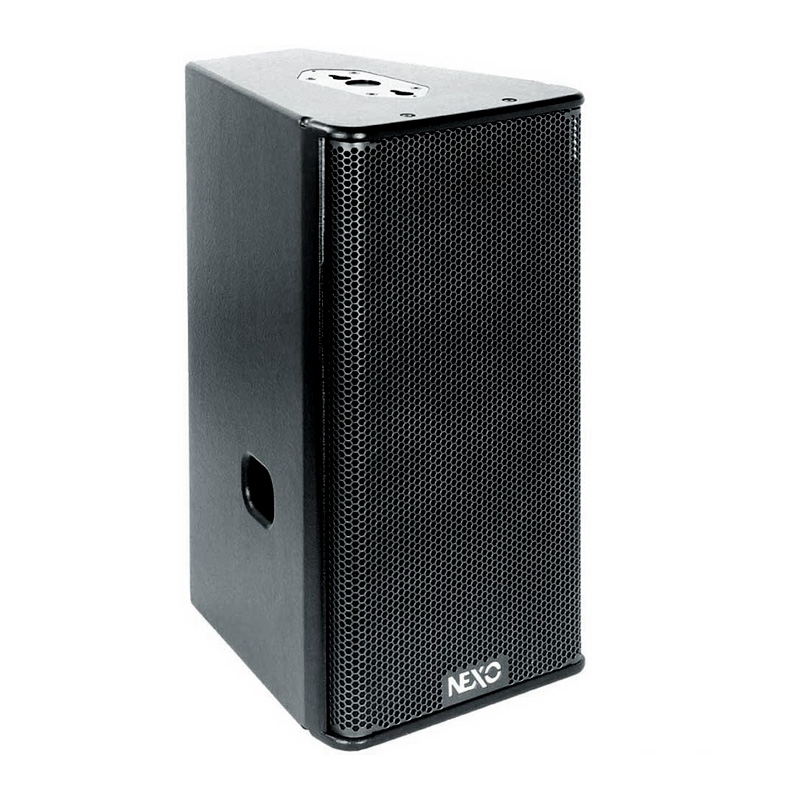 |
|
Limitations of linearray speakers
- Installing a linearrays system requires more cabling than when using a single speaker. - It costs more to install a linearrays system than a single speaker. - Handling the sound created by a linearrays system is more complex compared to a single speaker. - The linearrays system is not as flexible when it comes to adapting to different venues and events as a single speaker system. - The sound field created by a linearrays system is more even than that created by a single speaker system. - The sound field created by a linearrays system is not as consistent between different linearrays systems.
|
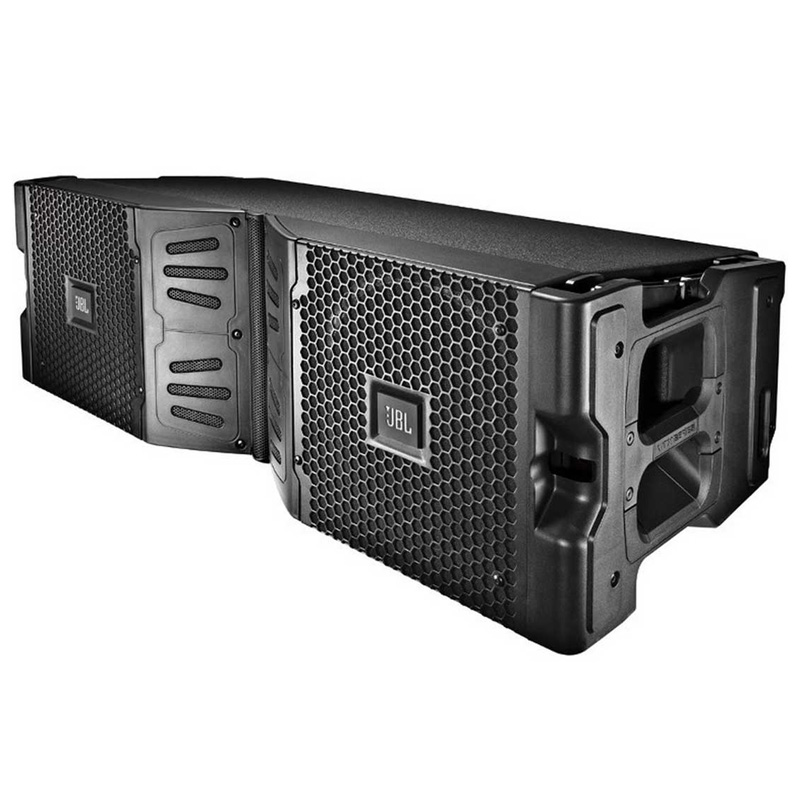 |
|
Conclusion
Linearrays speakers are a good investment for large venues or for occasions where quality sound is required, such as concerts or sporting events. With a consistent and focused sound field, a linearrays system can reduce unwanted sound reflections and provide ample sound pressure to back-of-house. They provide better sound quality than a single speaker system and are less susceptible to sound interference as soundwaves are reinforced by constructive interference. However, they require more cabling, are more expensive to install and are less flexible in terms of adapting to different venues and events.
|
